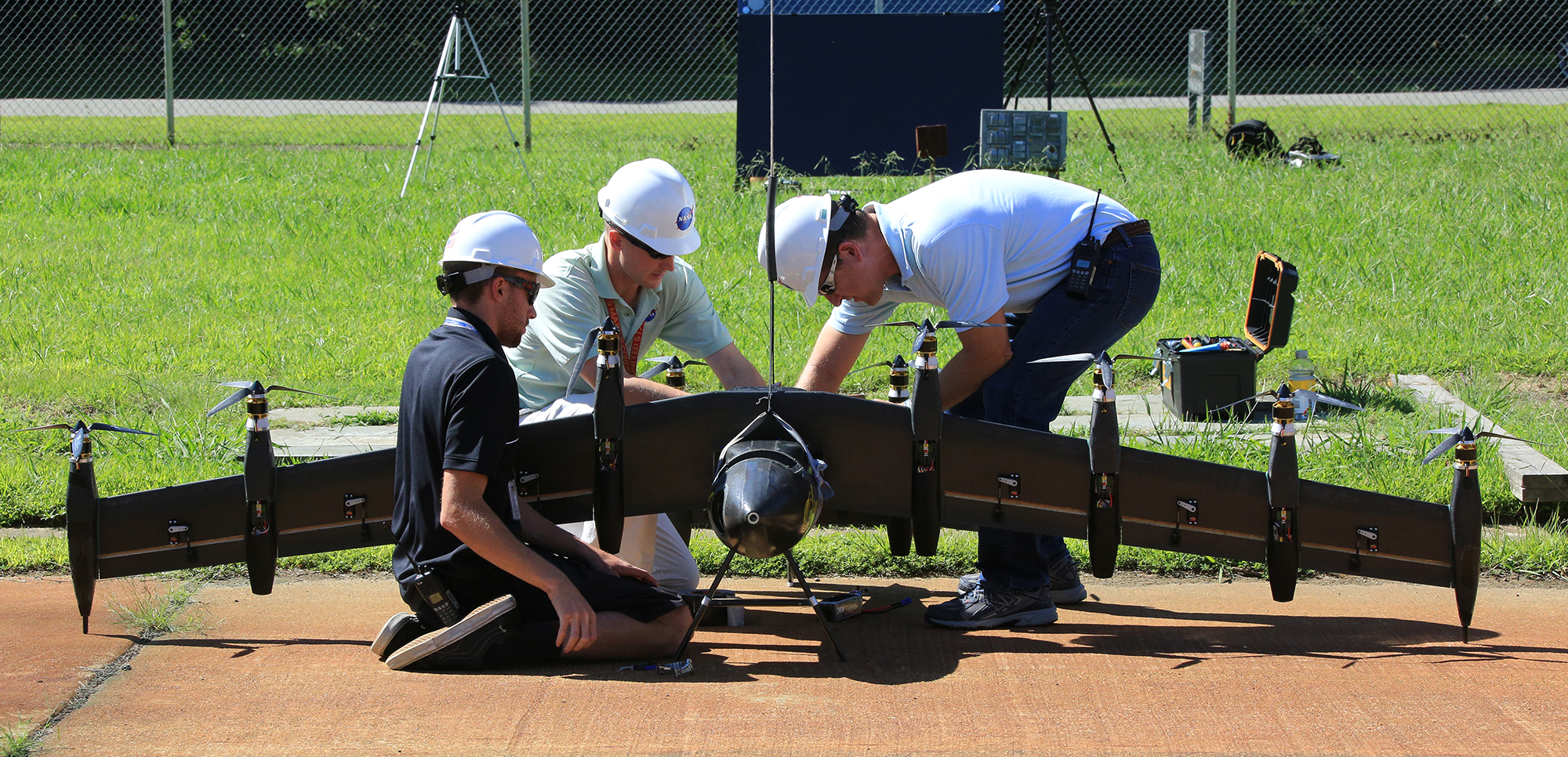
NASA Langley Research Center
Established in 1917 in Hampton, NASA Langley Research Center focuses on the expansion of humans into deep space, revolutionizing airplanes, on-demand air transportation, and the air transportation system as a whole. The facility houses wind tunnels, flight simulators, aircraft test facilities, and other labs all in support of aeronautics and space exploration. NASA Langley houses the 9×15 Low Speed Wind Tunnel, the most utilized low-speed propulsion acoustic facility in the world. It is the nation’s only research establishment that can simulate take-off, approach, and landing in a continuous, subsonic-flow, wind-tunnel environment.
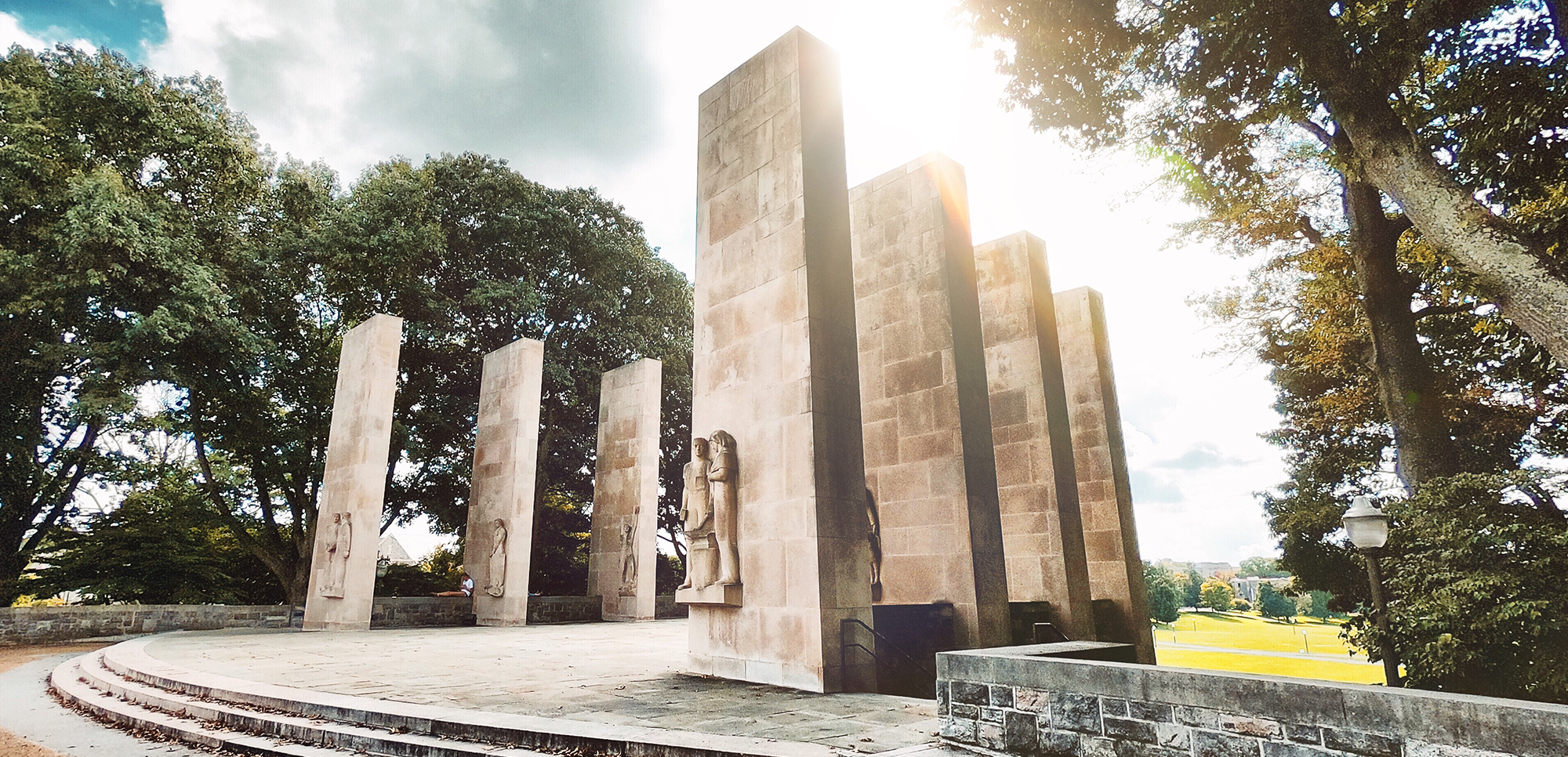
Virginia Tech’s Corporate Research Center
Virginia Tech’s Corporate Research Center and Center for Economic and Community Engagement, in partnership with private industry and community partners, is developing a demonstration lab for the production of green hydrogen. The new $6.5 million laboratory will be built at the Virginia Tech Newport News Center within Newport News’ Tech Center Research Park and will include a small-scale power system which will supply electricity to Tech Center and Jefferson Lab. The pilot project will also include industry-drive training, education, and community awareness programs about the best applications of hydrogen and workforce development programs to train people for jobs in green hydrogen.
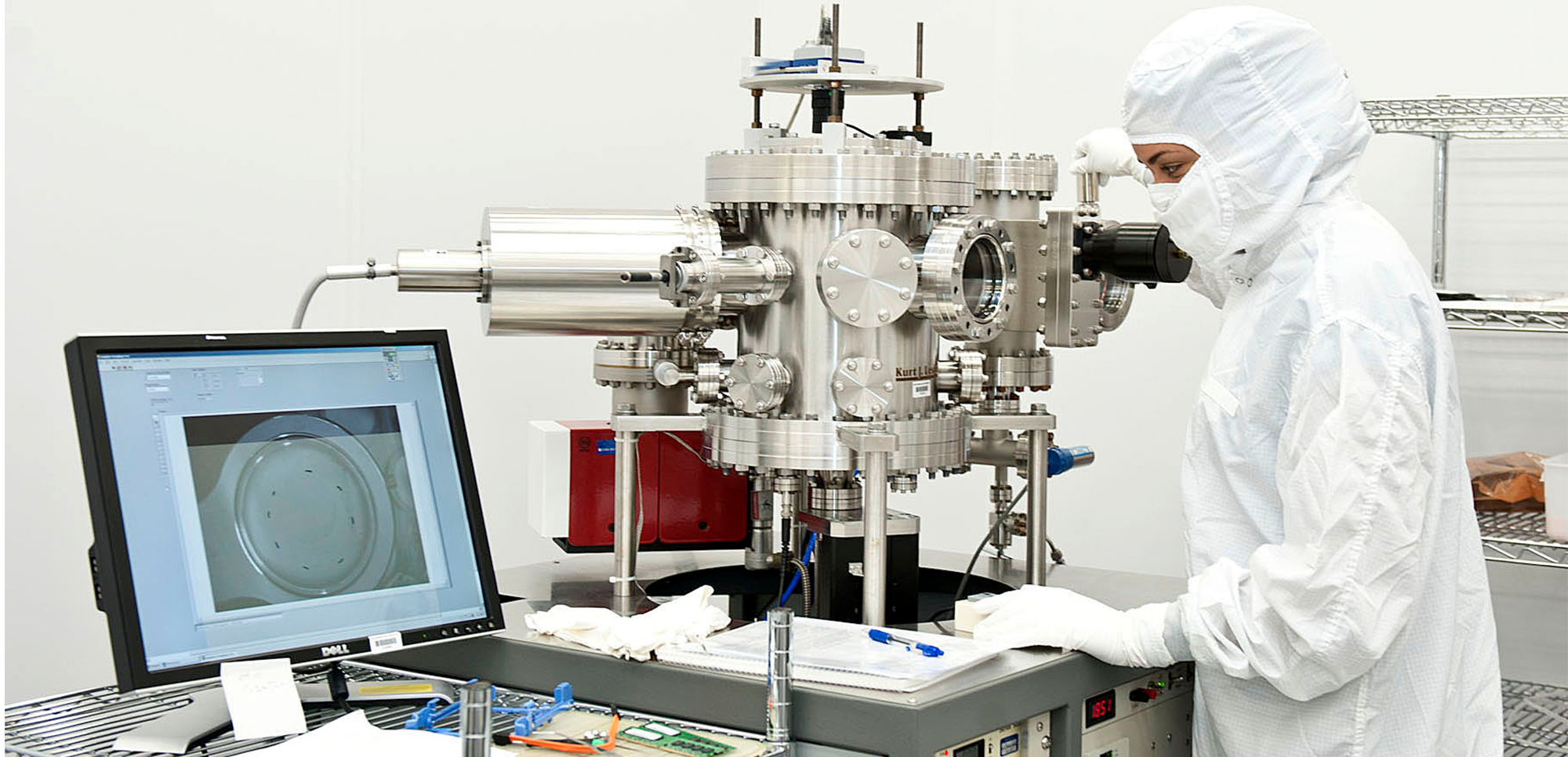
Thomas Jefferson National Accelerator Facility (Jefferson Lab)
Jefferson Lab is a U.S. Department of Energy Office of Science national laboratory. Scientists worldwide utilize the lab’s unique particle accelerator, known as the Continuous Electron Beam Accelerator Facility (CEBAF), to probe the most basic building blocks of matter – helping us to better understand these particles and the forces that bind them – and ultimately our world. In addition, the lab capitalizes on its unique technologies and expertise to perform advanced computing and applied research with industry and university partners, and provides programs designed to help educate the next generation in science and technology.
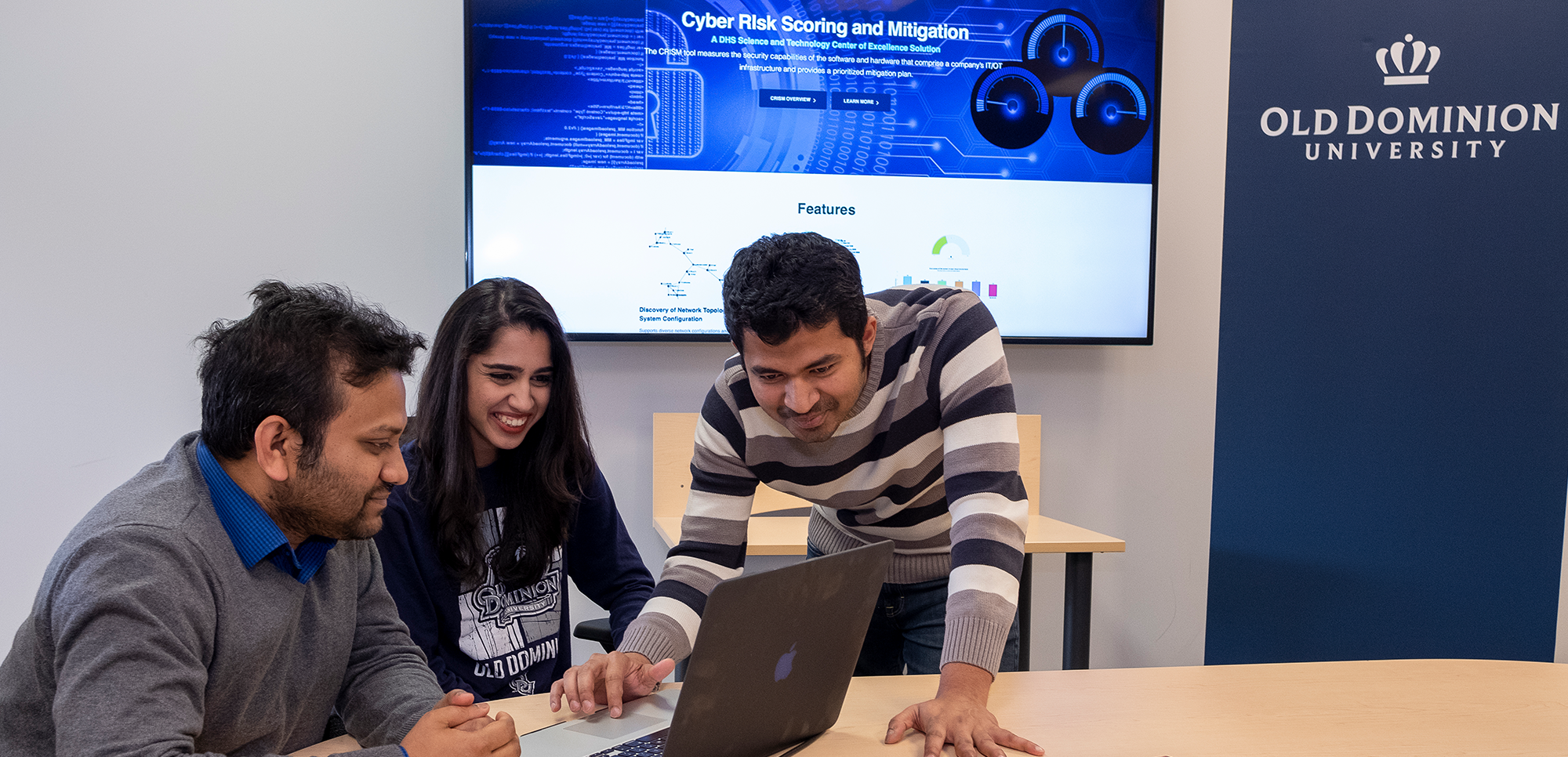
Virginia Modeling, Analysis, And Simulation Center (VMASC)
A modeling and simulation research center at Old Dominion University, VMASC was established in 1997 at the request of the U.S. Department of Defense for workforce development and R&D support in modeling and simulation. Since its founding, VMASC has explored new ways to employ modeling and simulation to solve real-world problems. VMASC has brought in over $100 million in research and has gained international recognition as the premier center for modeling and simulation across the globe.
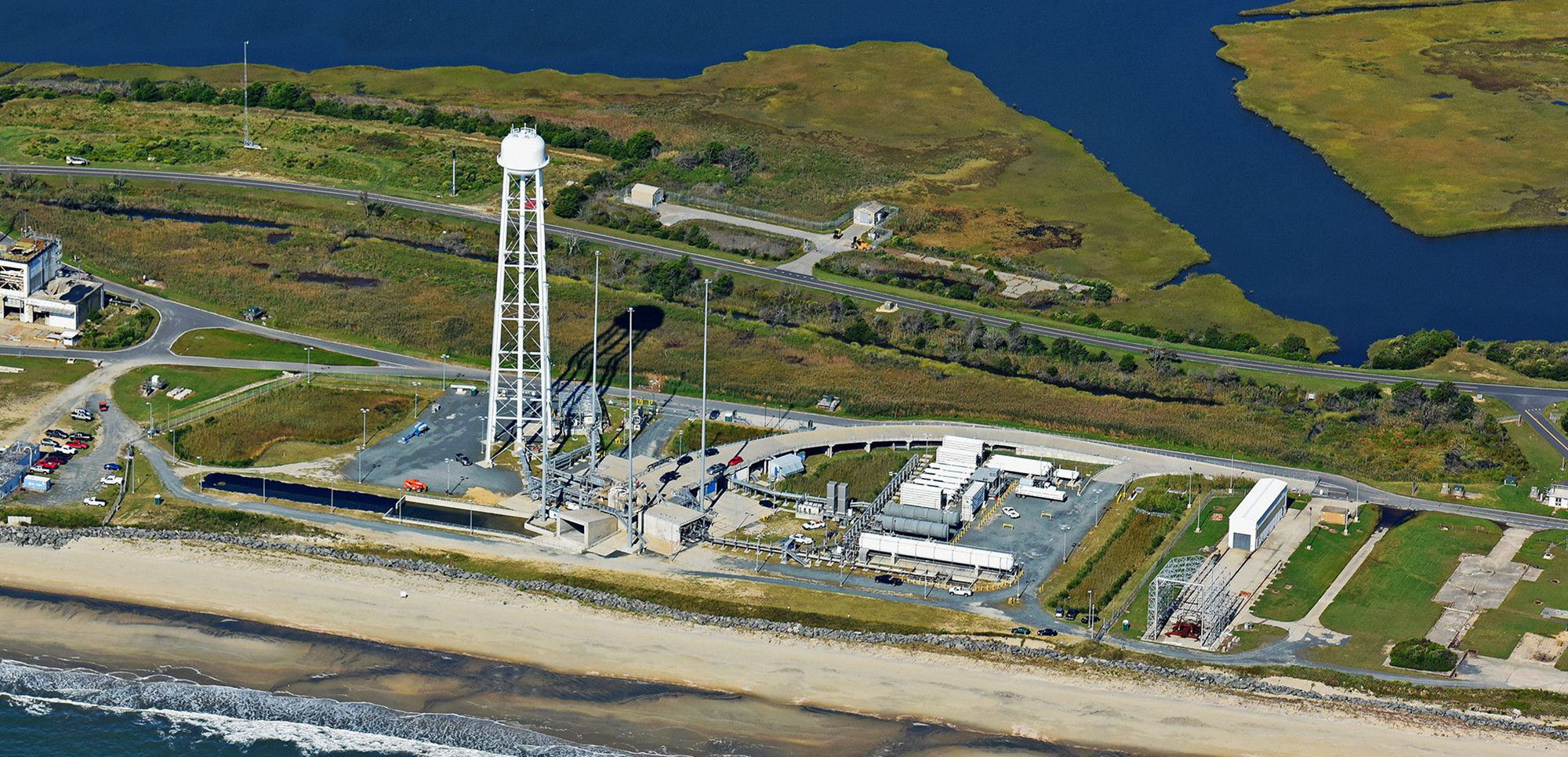
Virginia Institute for Spaceflight and Autonomy (VISA)
Located on Wallops Island on the Eastern Shore, VISA is chartered to grow the entrepreneurial ecosystems for space flight and autonomy. The Institute will be the hub to leverage Virginia’s world-class assets in space launch, autonomous systems, modeling and simulation and data science to solve real-world problems.